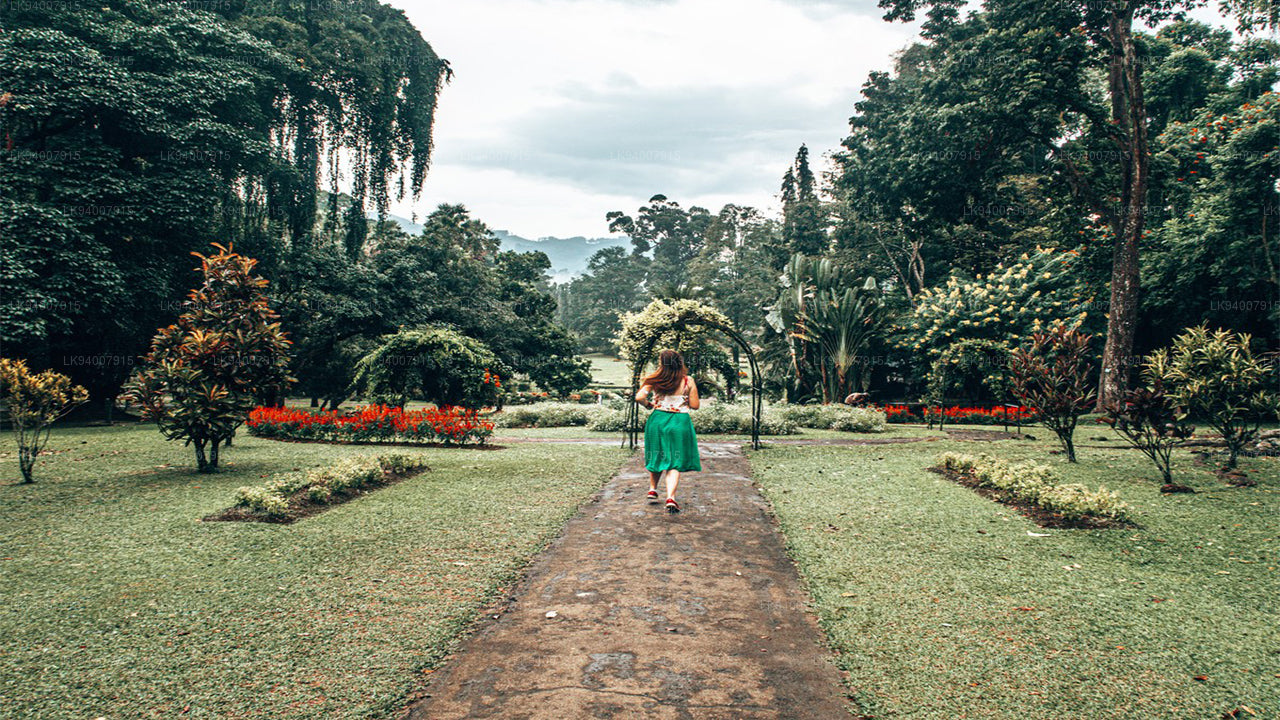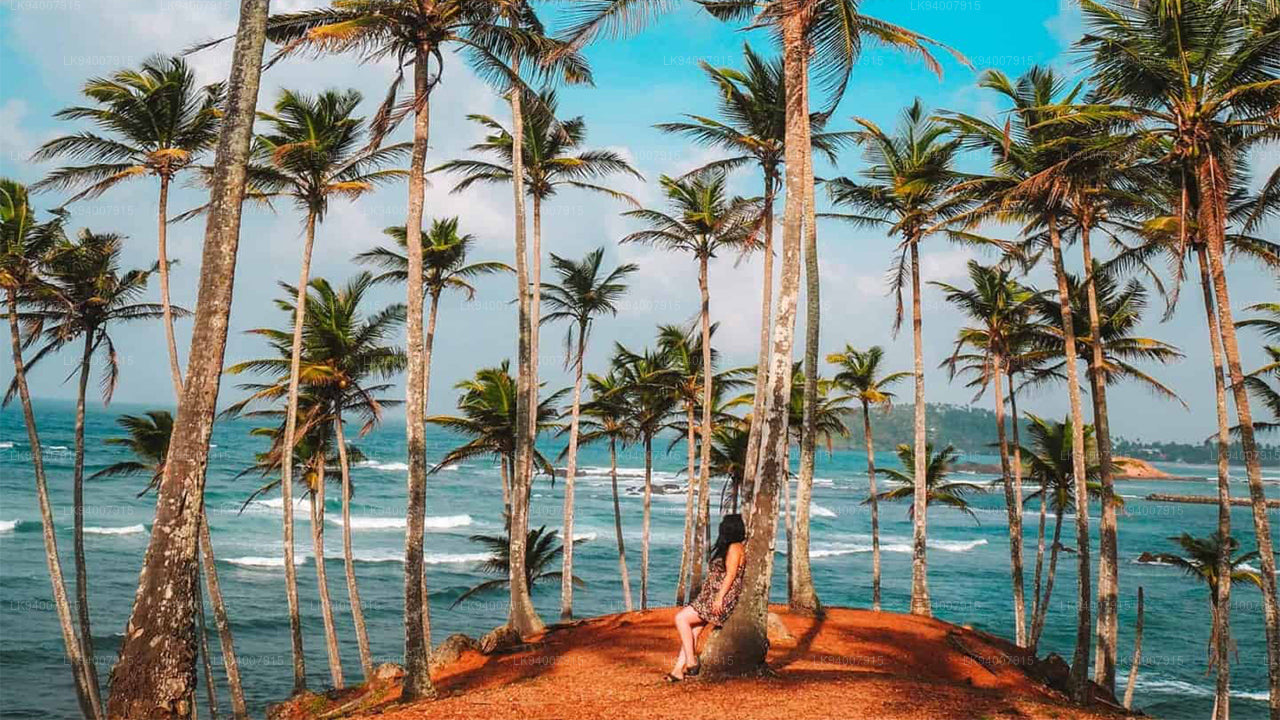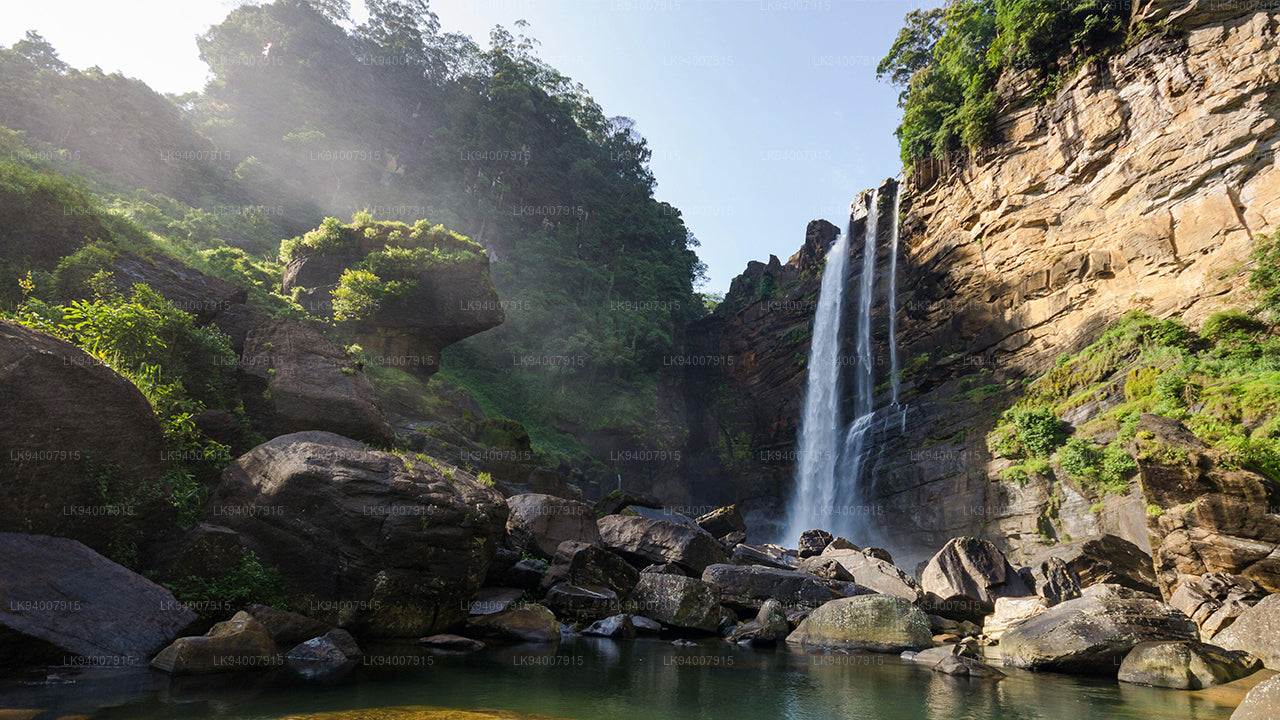
Districts
Sri Lanka is divided into 25 districts, each governed by a District Secretary and further subdivided into Divisional Secretariats and Grama Niladhari Divisions. These districts are organized into nine provinces, reflecting the island’s rich cultural and geographical diversity.

Districts
Sri Lanka is divided into 25 districts, each governed by a District Secretary and further subdivided into Divisional Secretariats and Grama Niladhari Divisions. These districts are organized into nine provinces, reflecting the island’s rich cultural and geographical diversity.

Districts
Sri Lanka is divided into 25 districts, each governed by a District Secretary and further subdivided into Divisional Secretariats and Grama Niladhari Divisions. These districts are organized into nine provinces, reflecting the island’s rich cultural and geographical diversity.

Districts
Sri Lanka is divided into 25 districts, each governed by a District Secretary and further subdivided into Divisional Secretariats and Grama Niladhari Divisions. These districts are organized into nine provinces, reflecting the island’s rich cultural and geographical diversity.

Districts
Sri Lanka is divided into 25 districts, each governed by a District Secretary and further subdivided into Divisional Secretariats and Grama Niladhari Divisions. These districts are organized into nine provinces, reflecting the island’s rich cultural and geographical diversity.
Galle district
Galle is a district in Southern Province, Sri Lanka. It is one of 25 districts of Sri Lanka, the second-level administrative division of the country. The district is administered by a District Secretariat headed by a District Secretary (previously known as a Government Agent) appointed by the central government of Sri Lanka.
Its area is 1,652 km2 (638 sq mi): 35 km2 (14 sq mi) is water and 1,617 km2 (624 sq mi) is land. Galle District bounded on the north by Benthara river, south and west by the Indian Ocean and east by Matara and Ratnapura districts. The topography of Galle District is very much dissent. The climatic condition of Hiniduma Patthuwa is very similar to the central hill country of Sri Lanka. This area consists of rainforests, which is the water catchment area for most of the rivers and lakes flows across Galle District. Sinharaja Forest Reserve is one of them. Galle district lies in a temperate climatic zone.
Annual rainfall is between 2000–2500mm. The river Gin River ("Gin Ganga") starts from Gongala Hill of Hiniduma Patthuwa and in its long journey of 113 km (70 mi). It passes Neluwa, Thawalama, Nagoda Baddegama and Thelikada areas. The river nourishes the land in extent of 922 km2 (356 sq mi). It flows to the Indian Ocean in Ginthota area of Galle District. The river Madu Ganga starts from Polathu Kanda and flows to the sea from Balapitiya and helps to maintain ecological balance in the Galle district.
In the ancient Sri Lanka, Galle District secured an important place in the battles against enemies as the capital city of Southern Province. Ancient legends reveal that in 1072 A.C. king Vijayabahu I started his battle against "Soli" in Thambalagamuwa of Hinidum Pattu. According to legends, during the reign of king Dambhadeniya Parakramabahu carried out his battle agents Queen Sugala in the Galle District. Galle was a very important area during the reign of King Maha Parakramabahu and it very much helped the Dutch, Portuguese and English establish their kingdoms.
Galle was called "Gimhathitha." The Sinhalese pronunciation "Gaala" derived from the word "gala" (stone). Gala implies the meeting place of bullock carts. Later it was pronounced as "Gaala" as there were large rock and hills in the district.
A number of individuals from the Galle district have made significant contributions to Sinhala literature. Thotagamuwa Vijayaba pirivena, which was a famous educational institute in Kotte era, produced a number of notable scholars. Hikkaduwe Sri Sumangala Thera, Migettuwatte Gunananda Thera, Martin Wickramasinghe, Nandadasa Kodagoda, Edwin Ariyadasa, M. B. Ariyapala, Gunadasa Amarasekera, D. J. Wimalasurendra, Senarath Paranavithana, A. T. Ariyaratne and Ariyapala Gurunnanse are a number of notable residents of Galle.
The Galle Literary festival brings 3,000 people to Galle each January, attracting writers from throughout South Asia.
Districts of Sri Lanka
-
 Ampara District
Ampara DistrictA district rich in agriculture, Ampara offers pristine beaches, historical Buddhist sites, and a diverse cultural landscape.
-
 Anuradhapura District
Anuradhapura DistrictOne of the ancient capitals, Anuradhapura is a UNESCO World Heritage Site, rich with historic Buddhist monuments and temples.
-
 Badulla District
Badulla DistrictBadulla is a scenic district surrounded by mountains, tea plantations, and stunning waterfalls, offering a peaceful retreat.
-
 Batticaloa District
Batticaloa DistrictKnown for its lagoons and beaches, Batticaloa is a serene district with a rich blend of Tamil and Muslim culture.
-
 Colombo District
Colombo DistrictSri Lanka’s bustling commercial capital, Colombo is a vibrant metropolis known for its urban landscape, colonial architecture, and coastal beauty.
-
 Galle District
Galle DistrictA historic coastal district, Galle is famous for its UNESCO-listed Dutch Fort, pristine beaches, and rich colonial history.
-
 Gampaha District
Gampaha DistrictA district blending urban and rural life, Gampaha is home to the Katunayake Airport and scenic beaches.
-
 Hambantota District
Hambantota DistrictKnown for its wildlife parks, including Yala and Bundala, Hambantota is a growing hub of development and eco-tourism.
-
 Jaffna District
Jaffna DistrictThe cultural center of Tamil heritage, Jaffna is known for its historic temples, vibrant culture, and rich history.
-
 Kalutara District
Kalutara DistrictKnown for its historic Kalutara Bodhiya and beautiful beaches, Kalutara offers coastal charm and religious significance.
-
 Kandy District
Kandy DistrictFamous for the Temple of the Tooth and its stunning lake, Kandy is the cultural heart of Sri Lanka and a UNESCO World Heritage Site.
-
 Kegalle District
Kegalle DistrictKegalle is known for its rubber plantations and the Pinnawala Elephant Orphanage, a popular tourist attraction.
-
 Kilinochchi District
Kilinochchi DistrictA primarily agricultural district, Kilinochchi has seen rapid post-war development and is home to numerous water resources.
-
 Kurunegala District
Kurunegala DistrictFamous for its elephant rock, Kurunegala is an agricultural hub surrounded by historic ruins and religious sites.
-
 Mannar District
Mannar DistrictFamous for its unique landscapes, pearl fisheries, and the historic Mannar Fort, this district has a rich maritime history.
-
 Matale District
Matale DistrictA district filled with spice plantations, waterfalls, and historic temples, Matale offers scenic natural beauty.
-
 Matara District
Matara DistrictMatara boasts stunning beaches, the Dondra Head lighthouse, and a mix of coastal and cultural attractions.
-
 Monaragala District
Monaragala DistrictKnown for its rugged landscapes and rich biodiversity, Monaragala is an agricultural district with vast natural beauty.
-
 Mullaitivu District
Mullaitivu DistrictA largely rural and coastal district, Mullaitivu is known for its beaches and significant history during the civil conflict.
-
 Nuwara Eliya District
Nuwara Eliya DistrictOften called "Little England," Nuwara Eliya is renowned for its cool climate, tea plantations, and colonial architecture.
-
 Polonnaruwa District
Polonnaruwa DistrictPolonnaruwa is a treasure trove of ancient ruins, including the famous Gal Vihara, and a key archaeological site.
-
 Puttalam District
Puttalam DistrictPuttalam is known for its coastal lagoons, wildlife sanctuaries, and salt production, along with a growing wind energy sector.
-
 Ratnapura District
Ratnapura DistrictThe "City of Gems," Ratnapura is famous for its gem mining and lush green landscapes filled with waterfalls and tea estates.
-
 Trincomalee District
Trincomalee DistrictA coastal gem, Trincomalee is home to beautiful beaches, historic Hindu temples, and one of the world’s finest natural harbors.
-
 Vavuniya District
Vavuniya DistrictA key transit hub between the north and south, Vavuniya is known for its agriculture and growing urbanization.





























